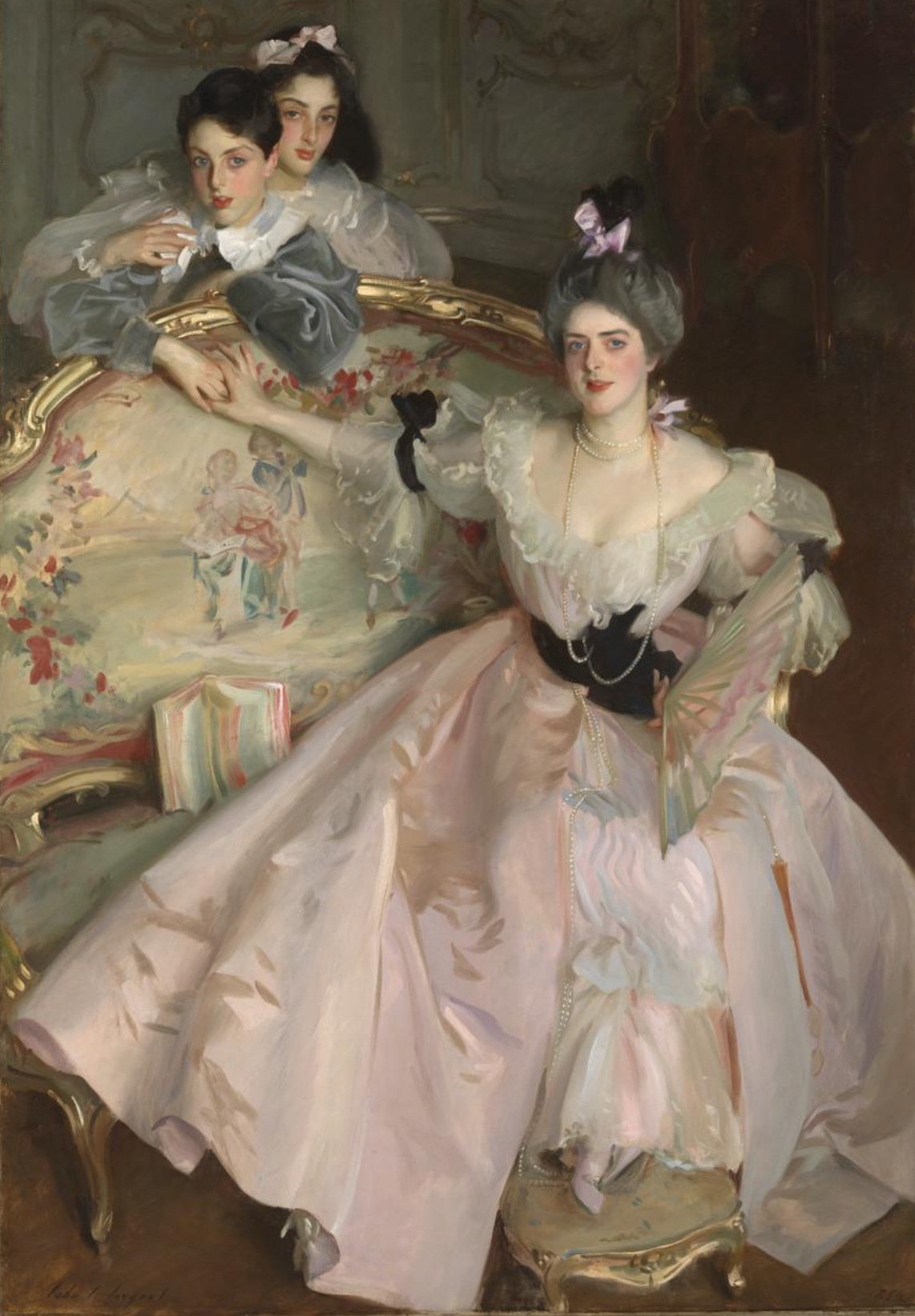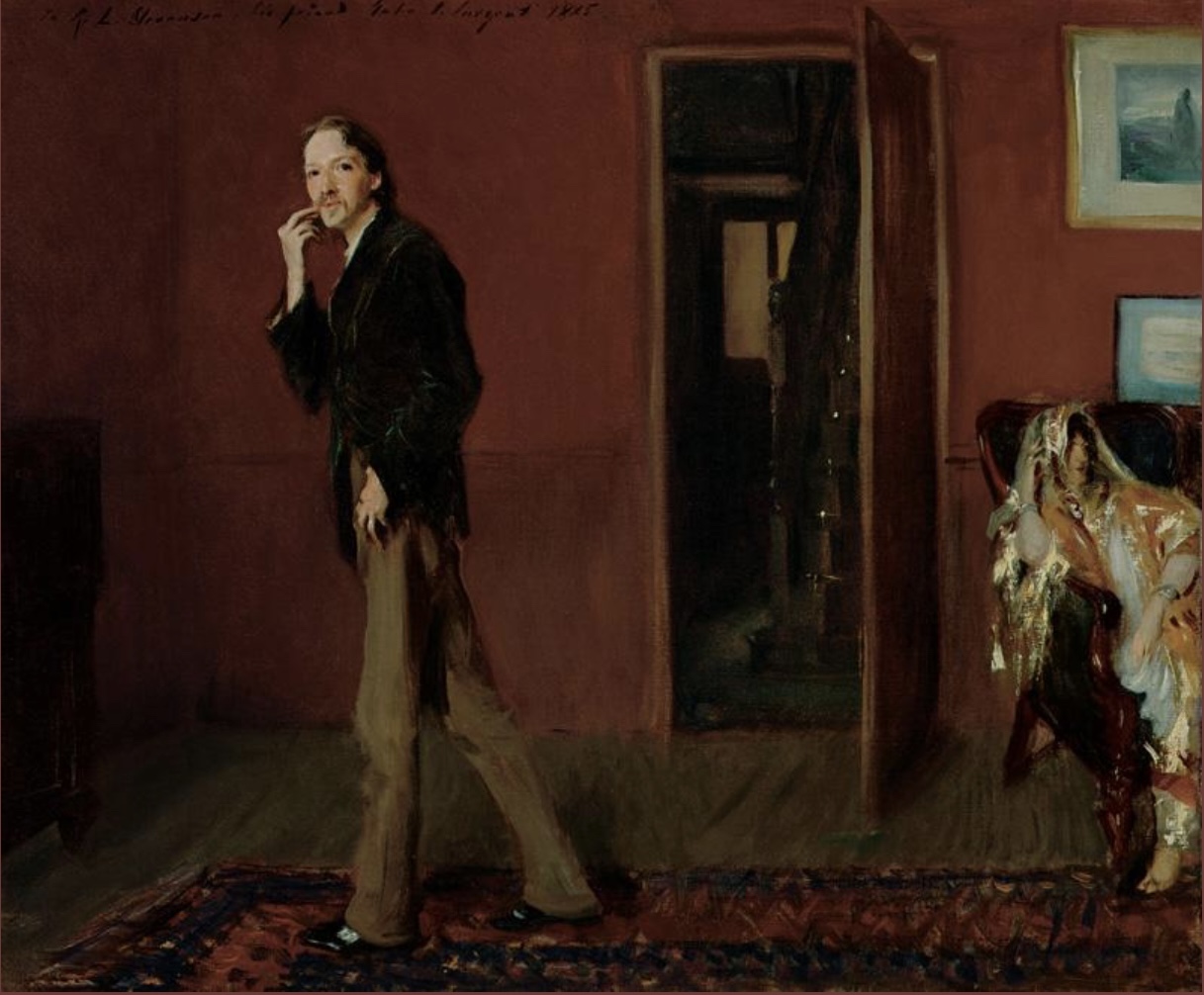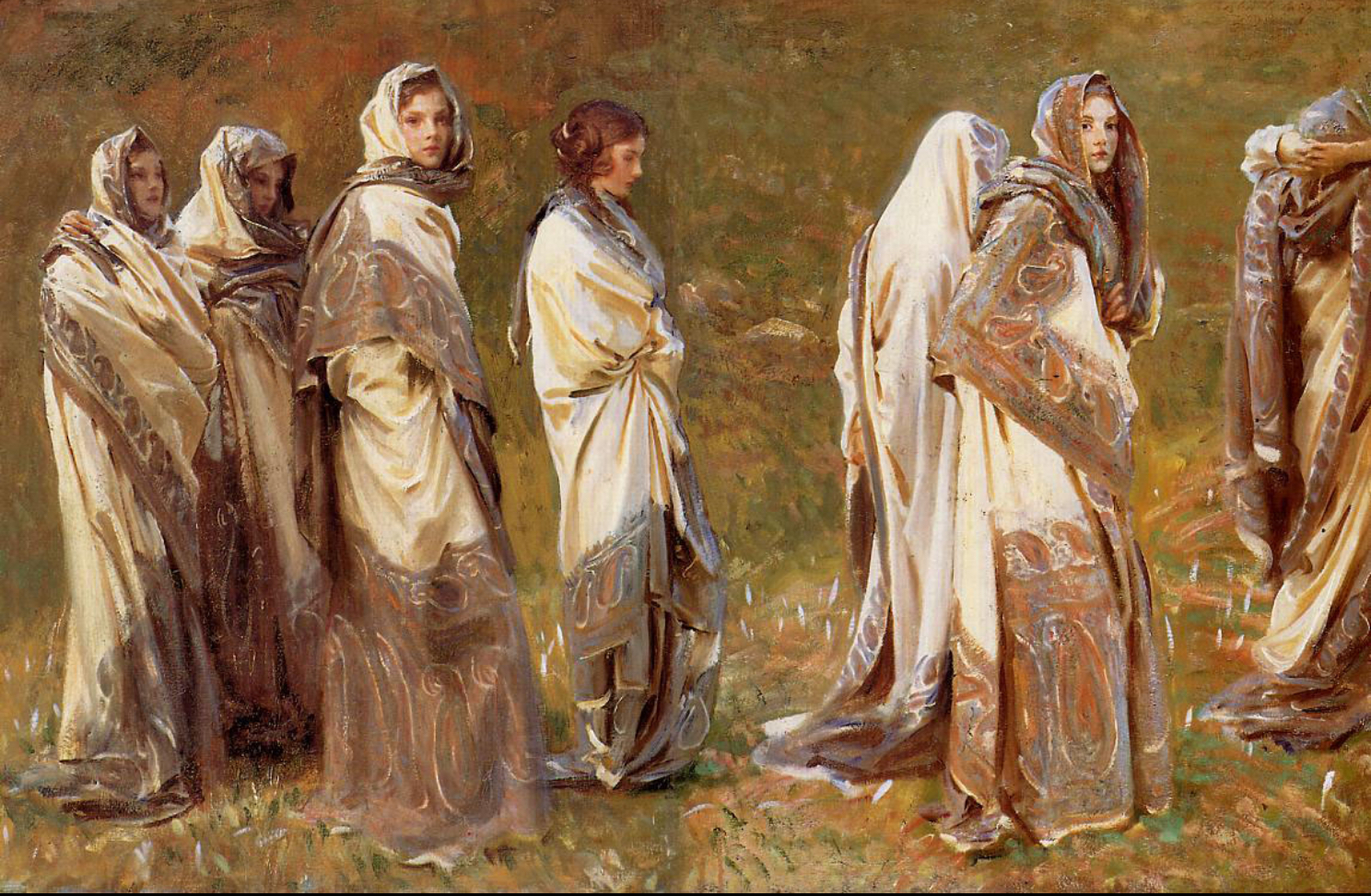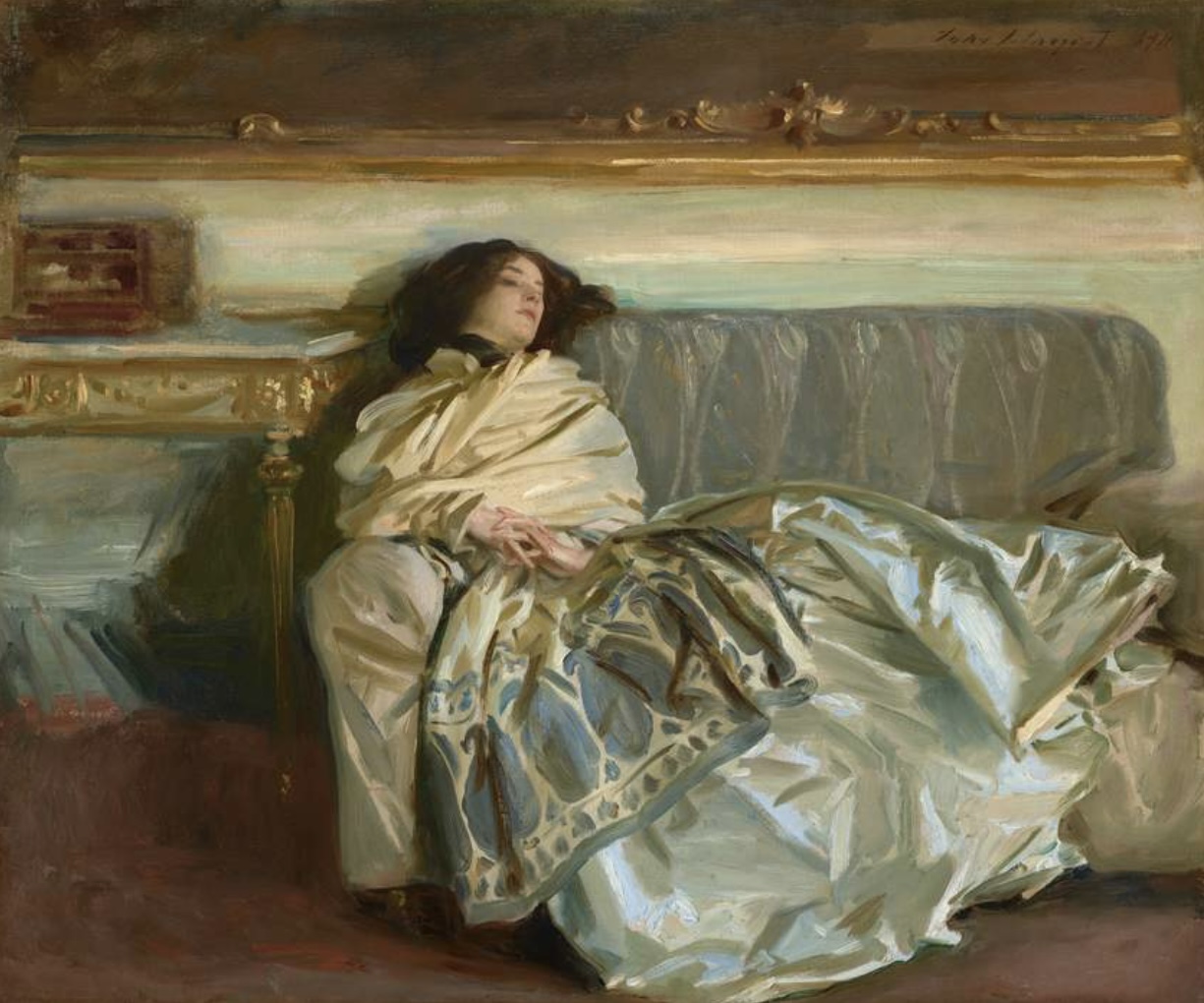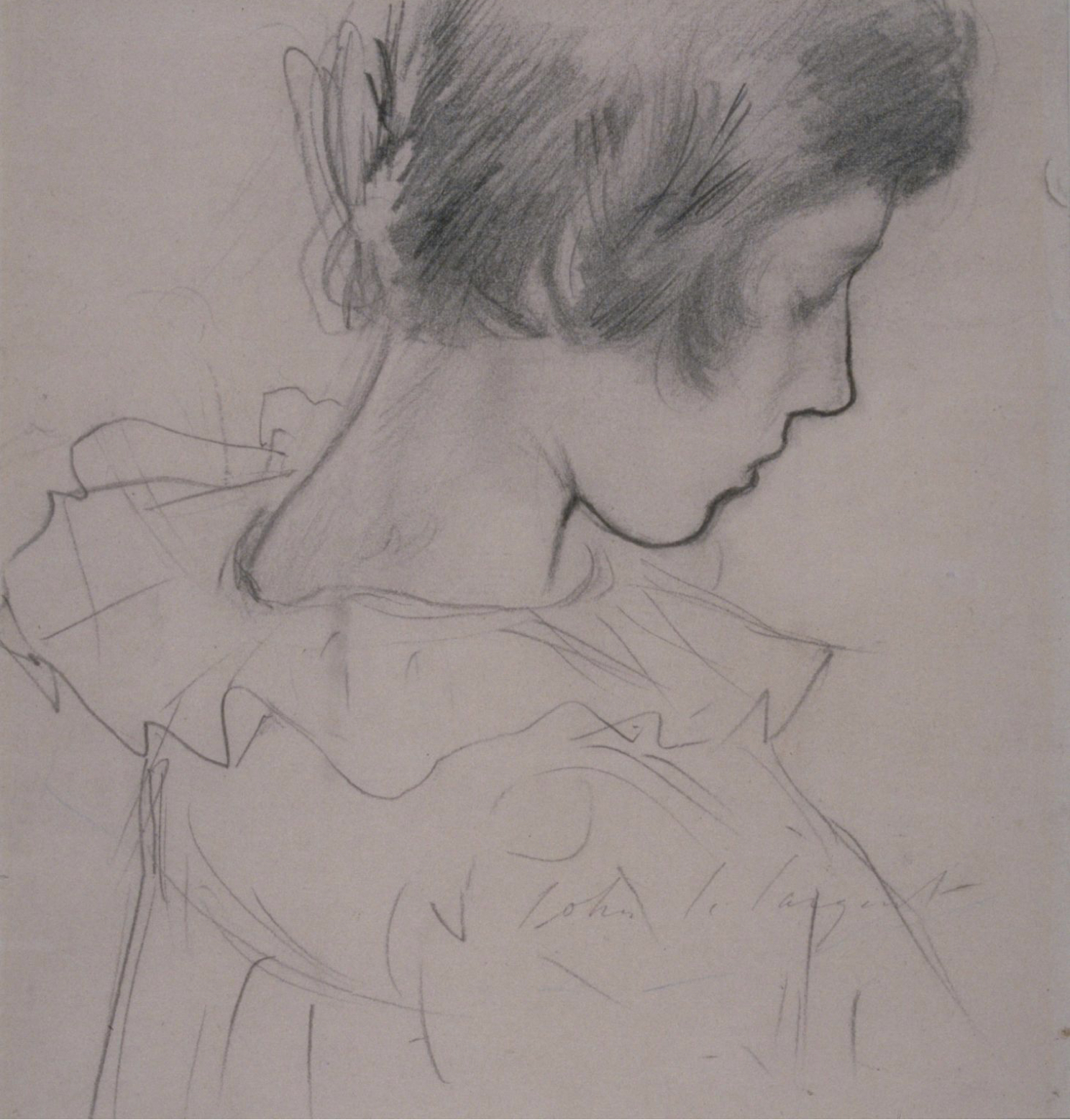It’s bizarre to realise that John Singer Sargent was only ten years older than Wassily Kandinsky, for a whole era seems to divide their styles of painting and their conception of what art is. Sargent continued a certain figurative tradition, enhanced by the influence of the Impressionists. Der Blaue Reiter looked to a new world where art expressed emotion and spiritual feeling; it embraces abstraction, symbolism and “folk art” from around the world. Its members theorised, wrote, experimented and published: it was art with spiritual significance. From their 1912 “Der Blaue Reiter” prospectus:
Blue Rider . . . will be the call that summons all artists of the new era and rouses the laymen to hear… The first volume . . . reveals the subtle connections between Gothic and primitive art, with America and the vast Orient, with the highly expressive, spontaneous folk and children’s art, and especially with the most recent musical movements in Europe and the new ideas for the theatre of our time.
. . . In our case the principle of internationalism is the only one possible . . . The whole work, called art, knows no borders or nations, only humanity.
In brief, the more wholesome, new-agey alternative to Die Brücke expressionism. Incidentally, I was a little surprised how “old” (i.e. 40s) some of the artists were when they formed their movement (already seeded by the earlier Neue Künstlervereinigung München).
This exhibition is largely the Lenbachhaus’s greatest hits dropped into Tate Modern. (Munich got some Turners in a swap.) It’s little more than a year since I visited Munich, so I remembered most of the works well (except for the Bavarian reverse glass painting, which is a good example of the all-inclusive nature of Der Blaue Reiter). This exhibition takes in modern ideas such as the pigeon-holing of women, gender fluidity and animal theory and skips lightly over old ideas such as Theosophy.
It was interesting to compare two portraits of Marianne Werefkin – one a self portrait and one by Gabriele Münter. Each artist had their favoured shades: I prefer the clarity of Münter, Franz Marc and Kandinsky’s colours to the slightly muddy tones of Werefkin and the washed-out pastels of Maria Franck-Marc.
My steal from the exhibition would be Münter’s portrait of Alexej von Jawlensky listening. I’m not sure if she meant it to be comical, but the way the sausages seem to extend all the way from the plate to the top of his head certainly made me smile.














